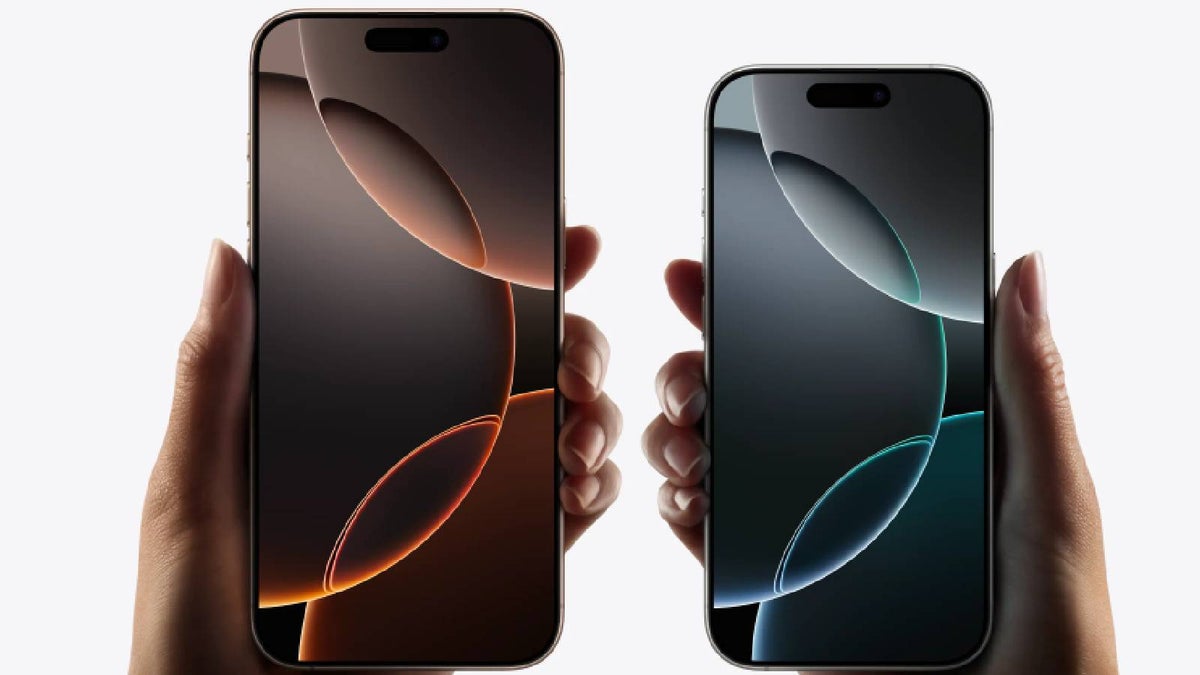Thankfully, the rumor did not materialize, and the phones are sticking with the same prices as last year. This means that the iPhone 16 Pro starts at $999, while prices for the iPhone 16 Pro Max begin at $1,199.
Apple’s closest competitors, meanwhile, are pushing the limits with price.
Could this be their undoing?

Pixel 9 Pro XL and Galaxy S24 Ultra, iPhone 16 Pro Max’s direct competitors, are both more expensive than their predecessors | Image Credit – PhoneArena
Samsung so far appears to be getting away with the price hike, with one report saying the Galaxy S24 Ultra is selling twice as well as the Galaxy S23 Ultra, despite an increase in price from $1,199 to $1,299.
The strategy is not working for all of its phones though. The Galaxy Z Fold 6, which costs $100 more than its predecessor, is selling poorly. It may be argued that foldable phones are an altogether different beast, but considering Samsung was bragging about record-breaking Galaxy Z Fold 5 pre-orders just last year, it’s easy to see that price is one of the biggest factors that affects sales.
Another company that’s testing the water with bold prices is Google. It did something cheeky this year by shrinking the Pixel 9 Pro in size and renaming the true successor to the Pixel 8 Pro as the Pixel 9 Pro XL and slapping a $100 price increase on it.
And while the Pixel 9 Pro XL‘s $1,099 price tag may not sound far-fetched when compared to the pricing of other top phones of 2024, the truth is that customers may not be willing to pay these prices for a Google phone. That’s because one of the things that made Pixel phones stand out was their lower prices.
This brings us back to the iPhone 16 Pro. Apple’s latest flagships may not be dramatically different from their predecessors but they are visibly different, both in the literal and figurative sense.
For starters, both phones are physically bigger and offer longer battery life, meaning they probably house bigger batteries. They also got a new 48MP ultrawide camera as well as a Camera Control button.
The new phones are fueled by the 3nm A18 Pro, which is reportedly nearly as fast as the desktop-level M1 chip that’s found in some older iPad Pros and Macs. It features a more powerful Neural Engine that will ensure Apple Intelligence features run smoothly.
Lastly, Apple’s latest Pro models also flaunt upgraded hardware for improved connectivity.
All these changes could have been reason enough for Apple to raise prices. After all, that seems to be the latest trend in the industry. Apple did the smarter thing by keeping prices the same. It already laid the groundwork for enticing upgrades by making AI features exclusive to its most powerful phones. By not raising prices, it has made that decision even easier for prospective buyers.

